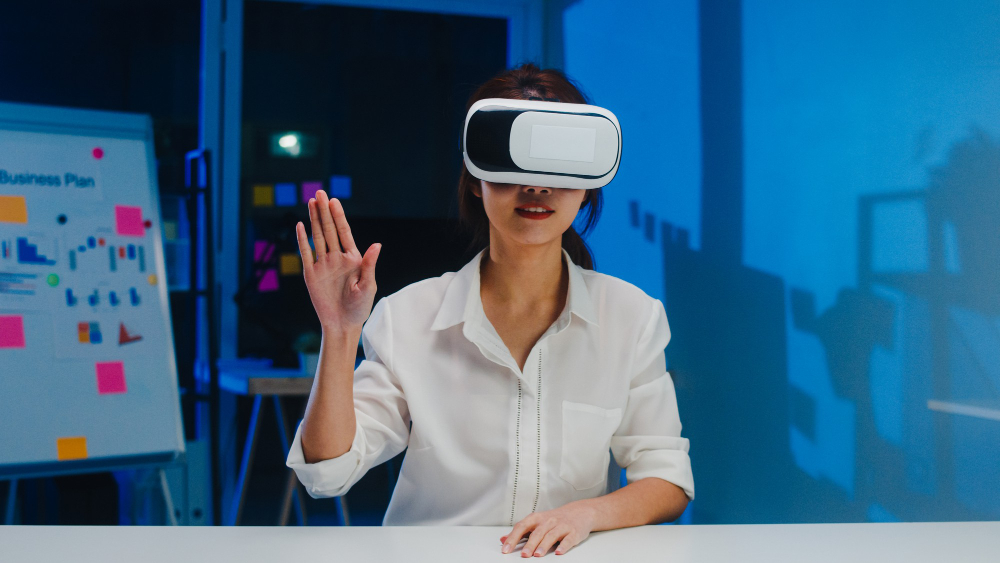A surgeon navigates medical imaging systems with a wave of their hand, without ever touching a screen. In a classroom, students interact with virtual 3D models using voice and gestures. A few decades ago, these scenarios might have seemed like science fiction. Today, they’re becoming part of everyday technology, thanks to multimodal interfaces.
In a nutshell, different ways of interacting—like touch, voice, and gestures—in a cohesive experience. By mimicking how humans naturally communicate, multimodal interfaces make our interactions with technology feel more intuitive and inclusive.
What are Multimodal Interfaces?
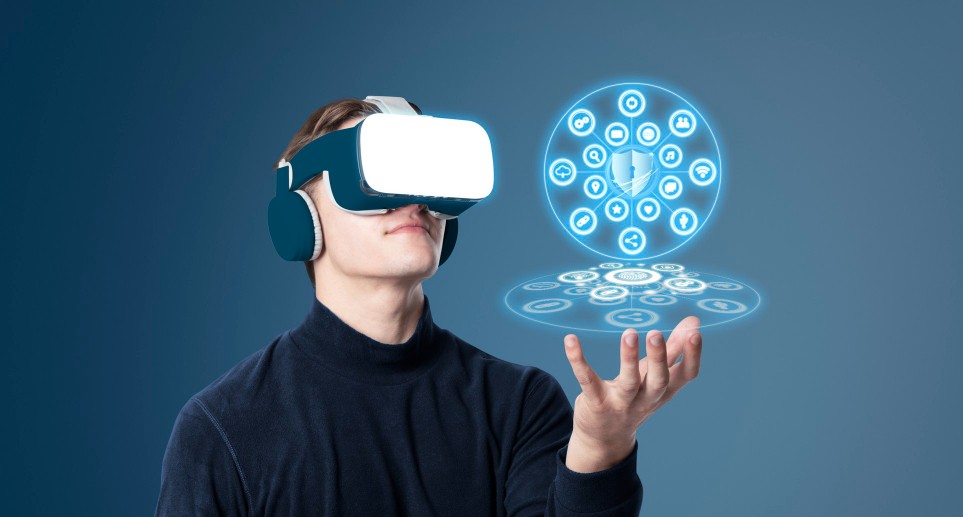
Multimodal interfaces allow you to interact with devices through multiple input methods, simultaneously or interchangeably. Instead of being restricted to a keyboard or touchscreen, you can combine gestures, voice commands, and even eye movements to control systems.
This mirrors how we communicate in daily life, often combining spoken words with gestures or facial expressions. For example, saying “play video” while pointing at a thumbnail shows how different inputs can work together to convey intent.
Real-world applications of Multimodal Interfaces
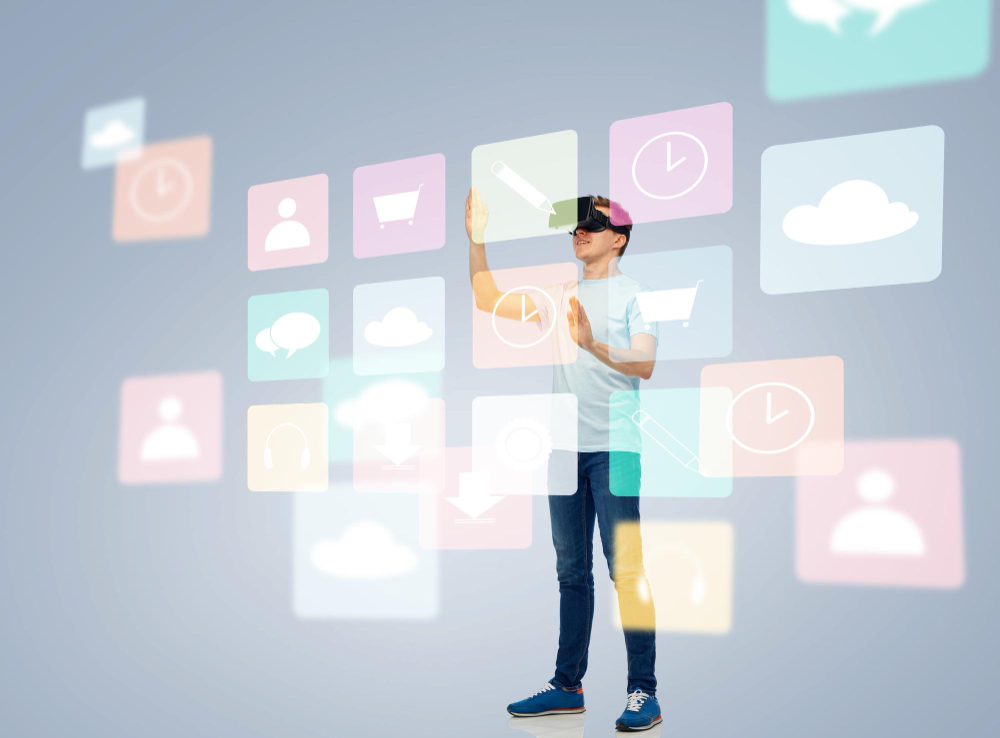
Multimodal interfaces are changing the way we use technology, particularly in industries where intuitive interactions are essential.
Healthcare
In operating rooms, surgeons already use gesture-based interfaces to navigate medical imaging like CT scans. Systems like Touchless Interaction in Operating Rooms (TIOR) make this possible, reducing the risk of contamination while offering hands-free control of imaging systems.
Education
In virtual classrooms, multimodal systems create immersive learning experiences. Students can touch 3D models to explore them while using voice commands for explanations. In collaborative STEM projects, gestures can control devices for a more hands-on learning process.
Gaming and Entertainment
Gaming platforms like Xbox Kinect show how gestures and voice can enhance user engagement. In augmented reality (AR) and virtual reality (VR), multimodal interfaces allow players to interact with virtual environments naturally, making the experience more lifelike.
Industrial and Manufacturing
Workers in factories use AR glasses with multimodal interfaces to access schematics, assemble parts, or troubleshoot machines. For example, Ford uses these systems to simplify tasks, combining voice commands and gestures to increase efficiency and accuracy.
User Experience and Design Principles
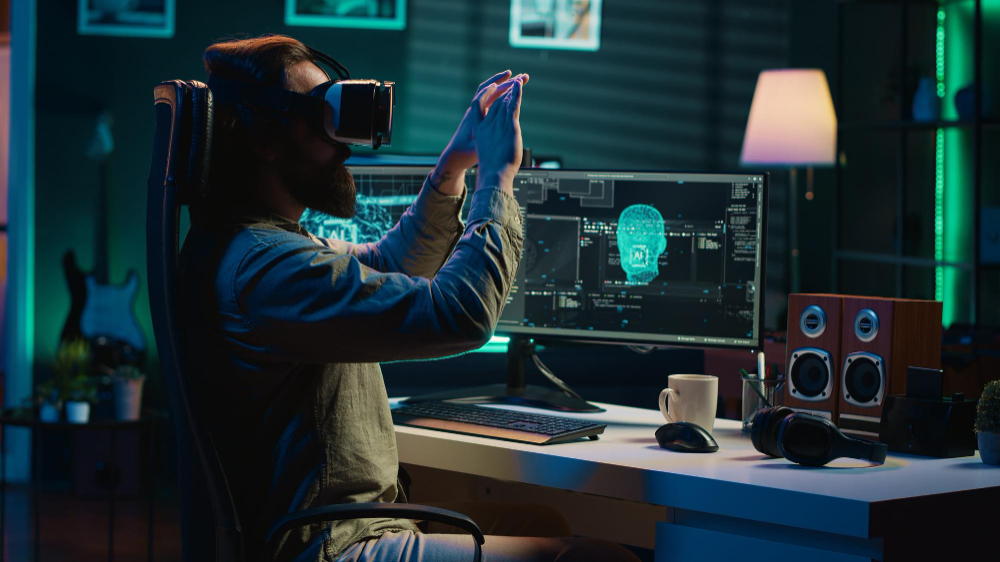
Building successful multimodal systems requires a user-centered approach. Here are some principles developers should keep in mind:
Context-Awareness
The system should adapt based on the user’s environment and intent. For example, distinguishing between a casual wave and a command gesture.
Modality Integration
Different input methods should work together smoothly, ensuring no confusion when switching between them.
Error Handling
Feedback should be immediate and helpful, letting users know if an action wasn’t recognized and suggesting alternatives.
Accessibility and Inclusivity
Interfaces should support users with diverse abilities, offering options like voice commands for those with limited mobility or visual aids for the hearing-impaired.
Challenges in Developing Multimodal Interfaces

While the potential of multimodal systems is exciting, building them isn’t without hurdles.
Technical Complexity
Processing multiple inputs at the same time is no small feat. For example, understanding a voice command while simultaneously tracking a gesture requires powerful computing and well-designed algorithms.
Context Interpretation
Knowing what the user intends when they combine inputs is tricky. If someone gestures toward an object while saying “Turn it off,” the system must correctly link the gesture with the command.
Ethics and Privacy
These systems often collect and store sensitive data, such as voice recordings or gesture patterns. Without strong privacy protections, this could lead to misuse. Companies need transparent policies and robust encryption to protect users.
Emerging Technologies in Multimodal Interaction
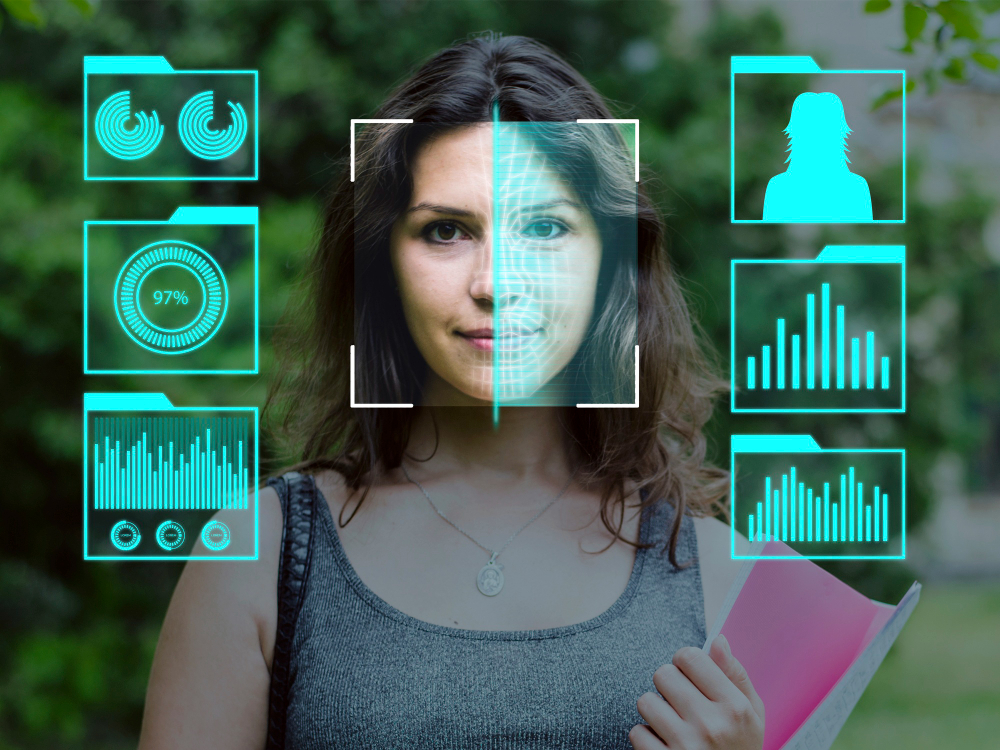
As multimodal interfaces evolve, new technologies are expanding their potential.
Brain-Computer Interfaces (BCIs)
Imagine controlling a device with your thoughts. BCIs make this possible by reading brain signals to execute commands. Early applications include operating robotic limbs or navigating digital systems without physical input.
Eye-Tracking Systems
Devices equipped with eye-tracking sensors let users select items or navigate screens simply by looking. Companies like Tobii are leading innovations in gaming and accessibility tools, making these systems more practical.
Haptic Feedback
Advances in tactile technology are adding a sense of touch to virtual environments. Gloves equipped with haptics can simulate the feeling of texture, weight, or resistance, enhancing AR and VR experiences.
AI and Machine Learning
AI continues to improve how multimodal systems predict and respond to user inputs. By analyzing patterns, these systems can anticipate needs, offering proactive support. For example, an AI might suggest actions based on a user’s past behavior or current context.
The Road Ahead
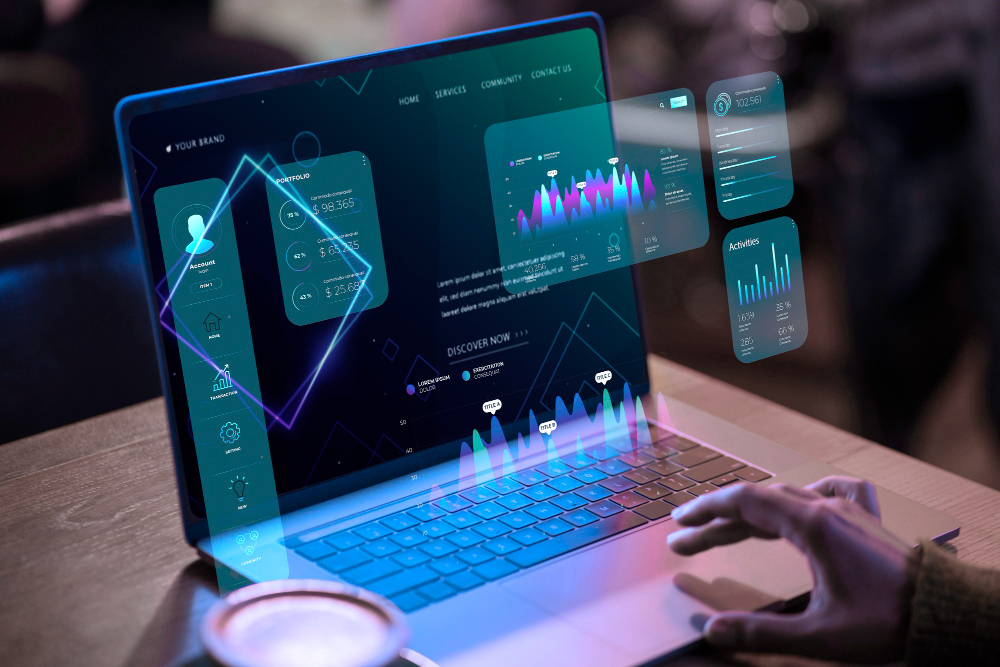
The future of multimodal interfaces is about creating interactions so natural that users barely notice the technology at work. From gesture-controlled telemedicine tools to VR classrooms where you can “touch” virtual objects, these systems will redefine how we work, learn, and play.
However, to fully realize this potential, developers must overcome challenges like real-time processing and ethical concerns. By focusing on privacy, inclusivity, and user-centered design, we can ensure these systems benefit everyone.
A Human-Centered Evolution
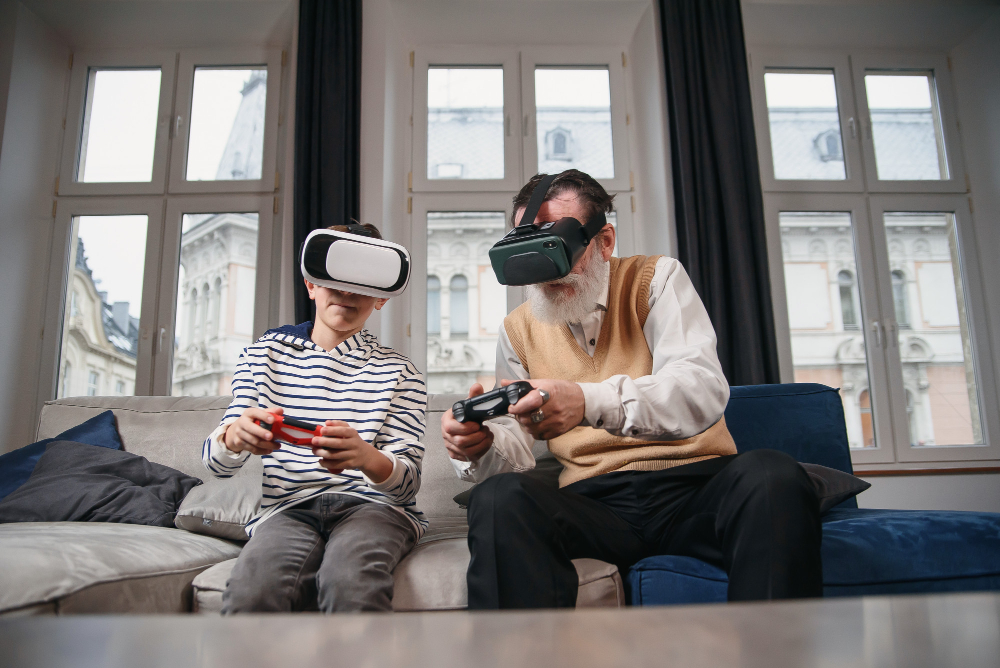
Multimodal interfaces aren’t just about adding more ways to interact—they’re about making technology feel human. By reflecting how we naturally communicate, these systems create opportunities for more intuitive and accessible interactions.
As we approach 2025, these interfaces are set to bridge the gap between people and machines in unprecedented ways. The future isn’t about smarter devices alone; it’s about designing experiences that truly connect with us.
